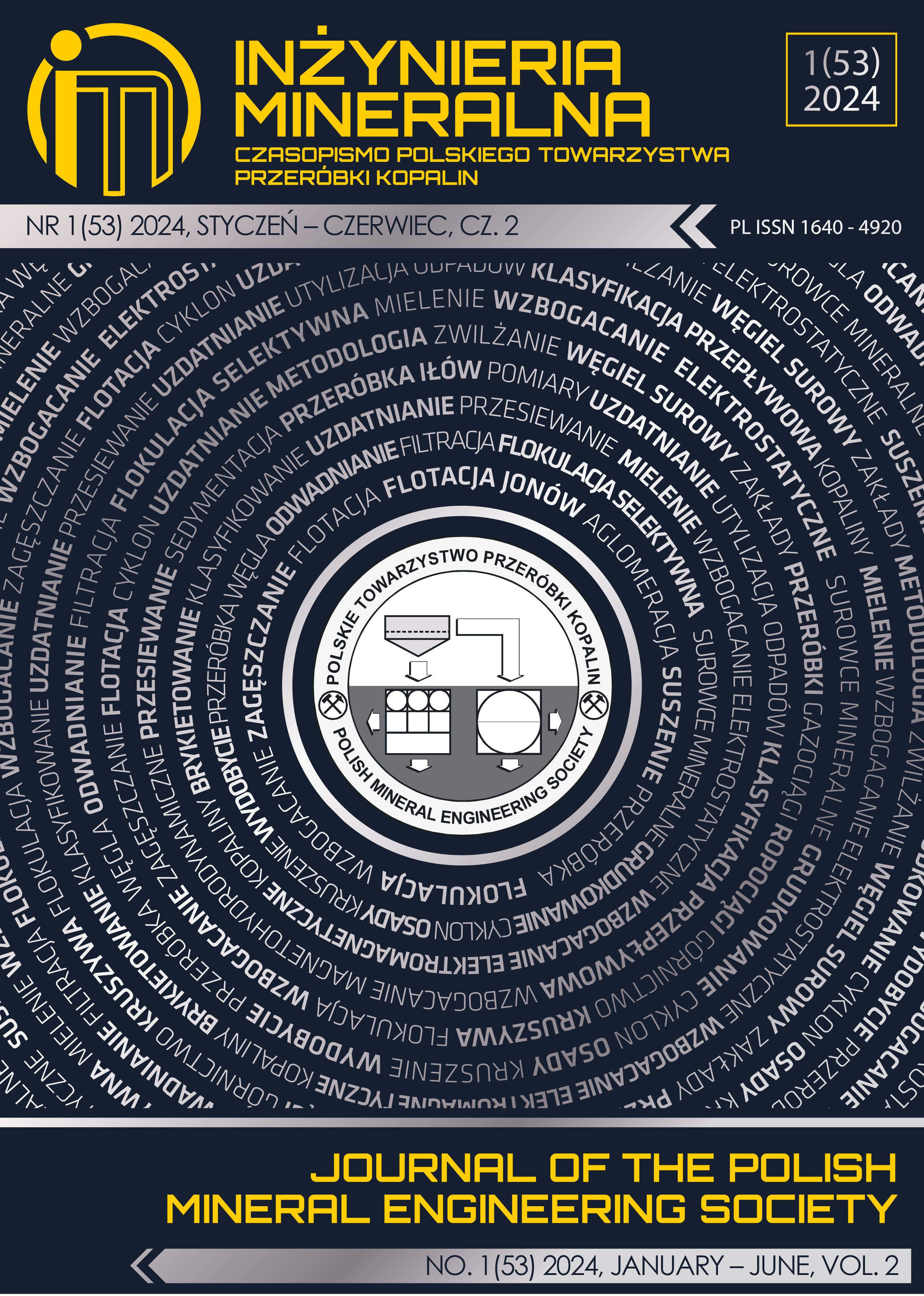Application of Robust Estimation for Adjustment Analysis in Geodetic Networks with Outliers in the Control Points
Abstract
In the field of data analysis, the method of least squares has been a go-to approach when dealing with measurements that contain
random errors. However, this method shows its limitations when faced with real-world data, which, in addition to accidental error,
often contains outlier. These outlier can significantly skew the results, leading to inaccurate conclusions if not properly addressed. In
response to this challenge, Robust Estimation has emerged as an effective method for handling outlier. Unlike traditional methods,
Robust Estimation is designed to be less sensitive to outliers in the data, providing a more reliable and accurate estimate by reducing
the impact of outlier on the final result. One of the key features of Robust Estimation is its flexibility. The outcome of each robust
estimation method is influenced by the choice of its weight function, allowing the method to be tailored to the specific characteristics
of the data. This paper applies the principles of Robust Estimation to the analysis of geodetic networks, which often contain original
data errors. By doing so, it aims to provide a more accurate and reliable analysis of these networks, contributing to their improved
utilization and management.
Copyright (c) 2024 Tuan Anh LUU

This work is licensed under a Creative Commons Attribution-ShareAlike 4.0 International License.
This journal permits and encourages authors to post items submitted to the journal on personal websites or institutional repositories both prior to and after publication, while providing bibliographic details that credit, if applicable, its publication in this journal.







.png)
